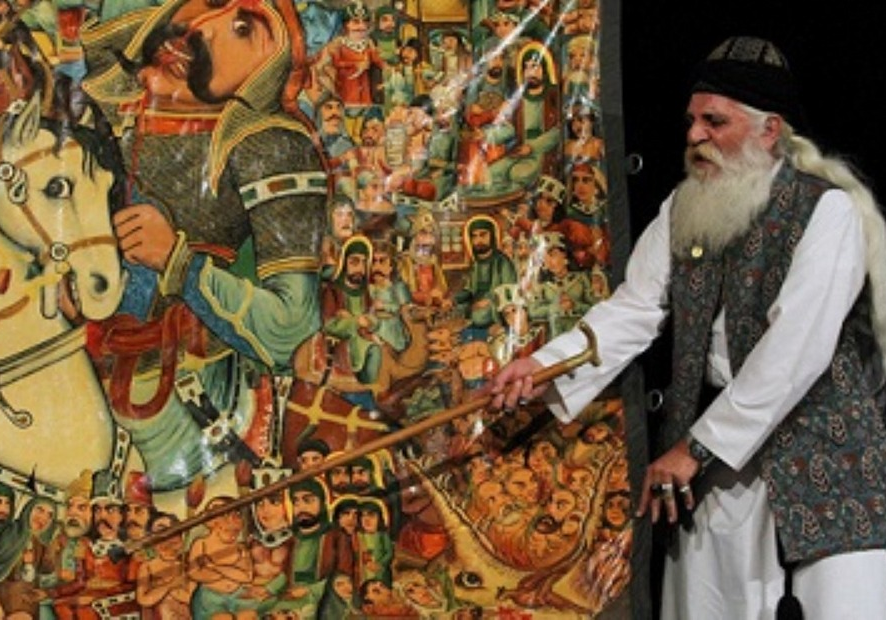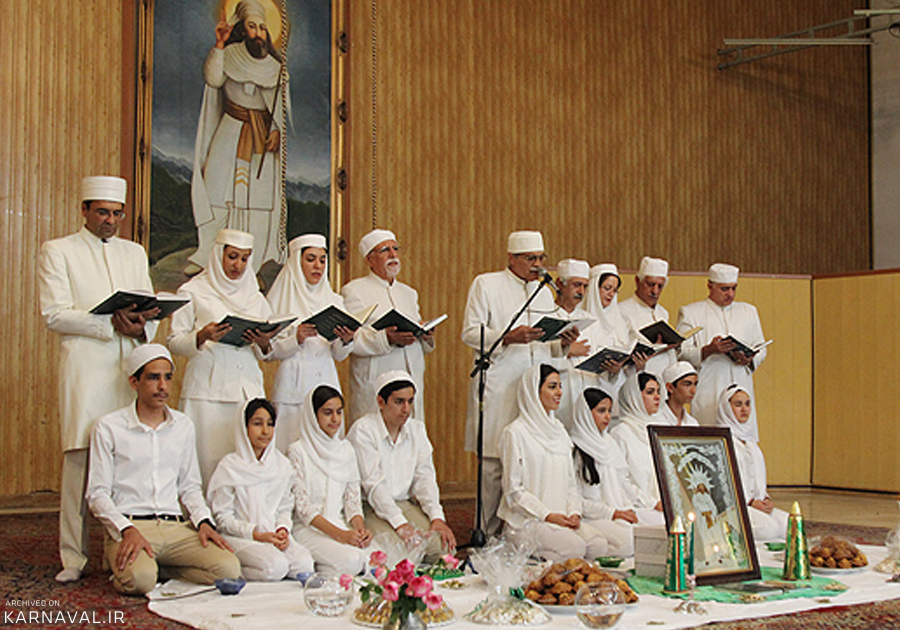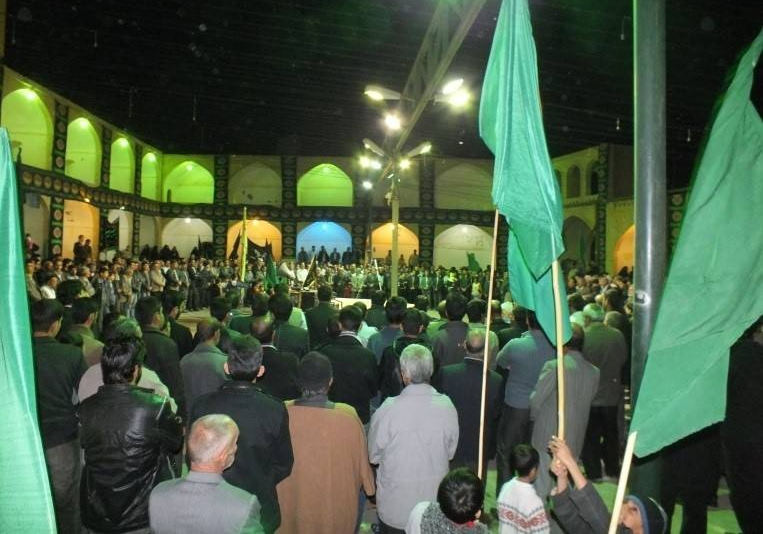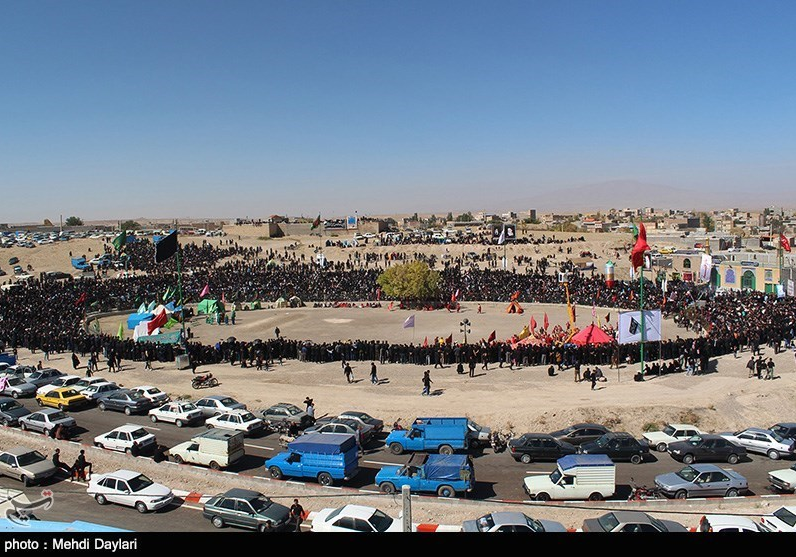
Qalishuyan
Every year, as the second Friday of the month of Mehr (the last Friday of September or the first Friday of October) approaches, one can notice the people of the Khaveh Village of Ardahal and Fin of Kashan County getting ready to hold the important religious ceremony of Qalishuyan.
The Historical Background of the Qalishuyan Ceremony
According to legends, Soltan Ali, the son of Imam Muhammad Baqir (AS), the 5th Shiite Imam - who had been sent by the Ima to this region at the request of the people of Fin - engaged in propagating the religion of Islam and promoting divine decrees in Fin and Khaveh from 113 to 116 AH (731 to 736 AD). The activities of Soltan Ali and his increasing influence among the people of the region frightened the cruel rulers of the region who made a plan to kill him and, eventually, implemented their plan and martyred him on the 27th of Jumadi al-Thani, which coincided with the second Friday of Mehr month (4th October).
It is said that before his martyrdom, Soltan Ali withstood against the enemies for three days in an unequal battle, but was finally martyred in Aznaveh Valley. After the news of the enemy’s attack on him reached Fin, the people of this land started walking towards Aznaveh with sticks in their hands, but they arrived two days after his martyrdom. They respectfully wrapped his body in a carpet and held a funeral for him. The body of this imamzadeh was buried in the place that is now called “Mashhad Ardahal” and a mausoleum was built there. Since then, an annual ceremony known as “Qalishuyan”, is held in memory of this event.
Mythological and Symbolic Aspects of the Qalishuyan Ceremony
This ceremony is the only religious ritual in Iran that is not held according to the Hijri calendar and, therefore, unlike other religious rituals, the time of holding does not change between the days of the year. The simultaneity of the Qalishuyan ceremony with the Iranian month of Mehr, which in ancient Iran was considered the time of holding the Mehrgan festivity (on the 16th day of Mehr/7th day of October), has created the opinion among some experts that these two ceremonies are somehow related to each other. However, the people of Fin and Khaveh consider such an inference to be wrong and attribute the origin of the Qalishuyan ceremony to this incident, which took place in the second century of the lunar calendar (8th century AD).
Over the centuries, the role of the Qalishuyan ceremony in the cultural connection between Fin and Khaveh and other surrounding areas has been significant such that the symbolic funeral (bathing and burial) of Soltan Ali is considered a measure to renew local and clan ties. The spiritual approach of the ceremony has made different groups of people work together to preserve it throughout history. This ritual also has certain symbols including the sticks of the Fin people, which have a prominent role in the ceremony. These sticks are a symbol of people’s readiness to support the oppressed against oppressors.
Features of Qalishuyan Ceremony
The main ceremony is held on the second Friday of Mehr month (4th October), but the people of the region perform certain customs on the Friday before and after that. On the Friday before the ceremony, which is known as “Jum’ah Jar”, elders and trustees of the region appear in the bazaar and crowded centers and loudly announce the time of the ceremony and invite people to attend it. The presence of the people Fin and Khaveh in this ceremony is family-based. Usually, two days before the ceremony, their departure to Mashhad Ardahal begins. On the Qalishuyan Friday morning, the people of Fin, with sticks in their hands, gather by the stream near Shahzadeh Hussain’s mausoleum, about 800 meters from Soltan Ali’s mausoleum, and wait for the ceremony to begin.
In the meantime, and while the mourning ceremony is going on they clean and dredge the spring and perfume it with rose water. After the start of the ceremony, the people of Fin raise and lower their hand sticks in unison, chant slogans such as “Ya Hussain” or “Labbayk Ya Hussain”, and create exciting and spectacular scenes. After the people of Fin arrive at Safa courtyard, they wait to receive the holy carpet from the people of Khaveh.
On the Qalishuyan Friday morning, the people of Khaveh close the door of the mausoleum, perfume one of the carpets of the mausoleum, and wrap it with special ceremonies. After the prayer and mourning ceremony, this carpet is handed over to the people of Fin, and they take this carpet to the tomb of Shahzadeh Hussain to give it the ceremonial washing in the fountain. This is done by sprinkling spring water on the carpet or washing a corner of it in spring water. After washing the carpet, it is returned to the mausoleum of Imamzadeh Soltan Ali and is brought into the shrine from the courtyard known as the “Courtyard of the Finis”. This carpet is circled several times around Soltan Ali’s tomb and then it is handed over to the elders of Khaveh.
On Friday, after the ceremony known as the “Nashlajis’ Friday”, the people of Nashlaj, one of the villages near Mashhad Ardahal, go to the mausoleum of this Imamzadeh with their families to commemorate the seventh day of the martyrdom of Soltan Ali and hold a mourning ceremony and prayer.
The Qalishuyan Ceremony was inscribed on the list of Iran’s intangible national heritage in 2010 and was subsequently inscribed on the UNESCO List of Intangible World Heritage in the year 2012.
Every year, as the second Friday of the month of Mehr (the last Friday of September or the first Friday of October) approaches, one can notice the people of the Khaveh Village of Ardahal and Fin of Kashan County getting ready to hold the important religious ceremony of Qalishuyan.
| Name | Qalishuyan |
| Country | Iran |
| State | Isfahan |
| City | Kashan |
| Type | Religious |
| Registration | Unesco |

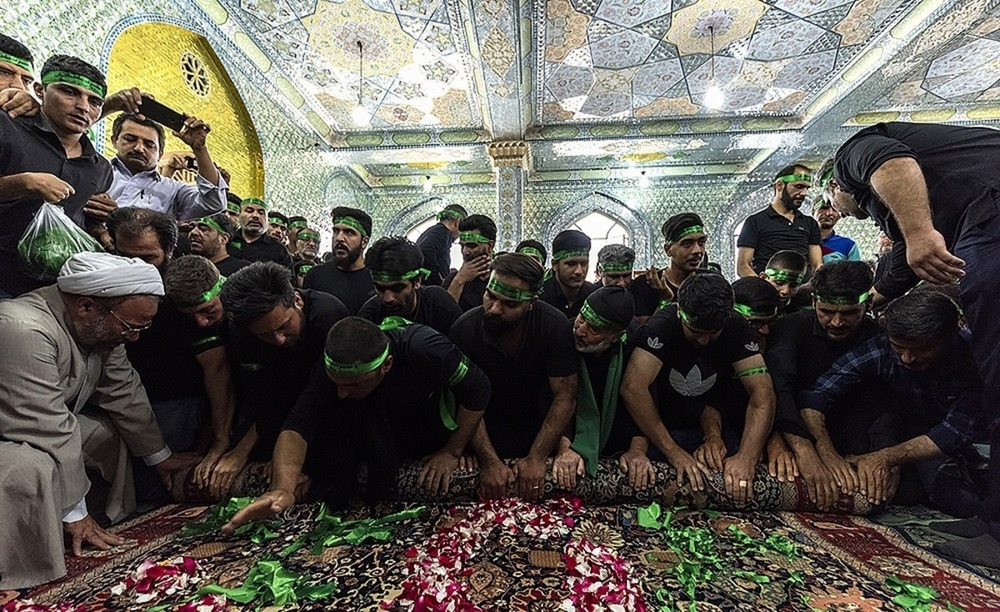
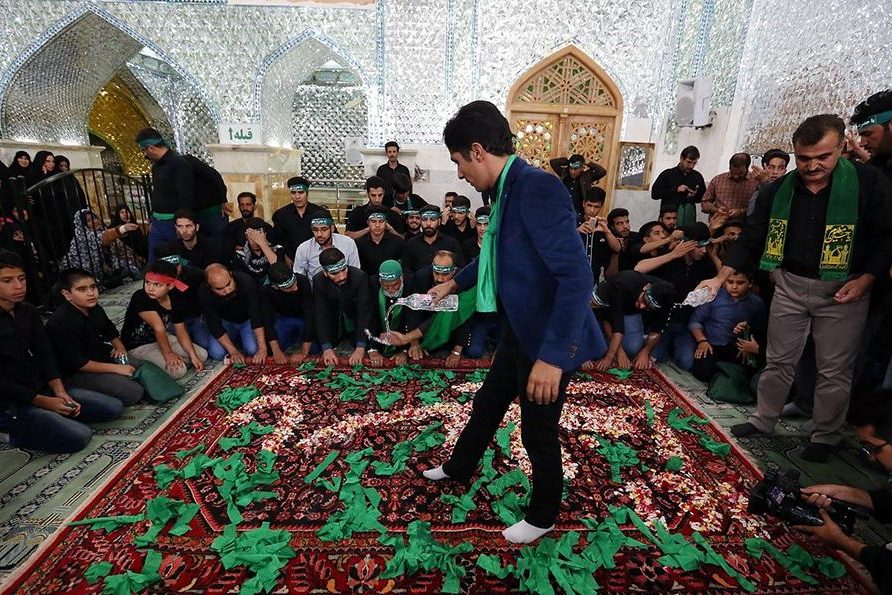



Choose blindless
Red blindless Green blindless Blue blindless Red hard to see Green hard to see Blue hard to see Monochrome Special MonochromeFont size change:
Change word spacing:
Change line height:
Change mouse type:

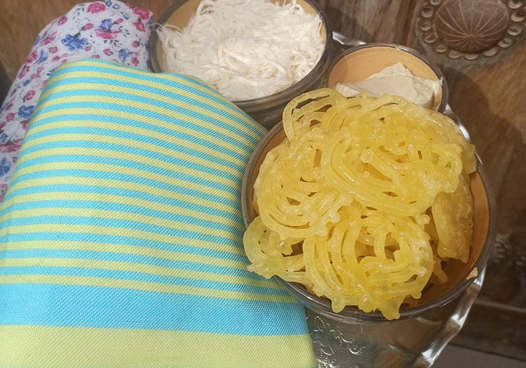



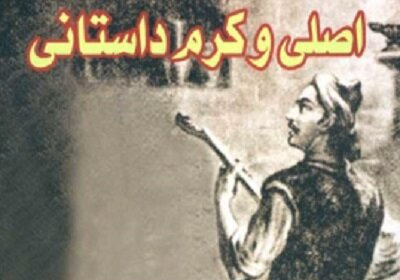
-5-th4_3.jpg)

